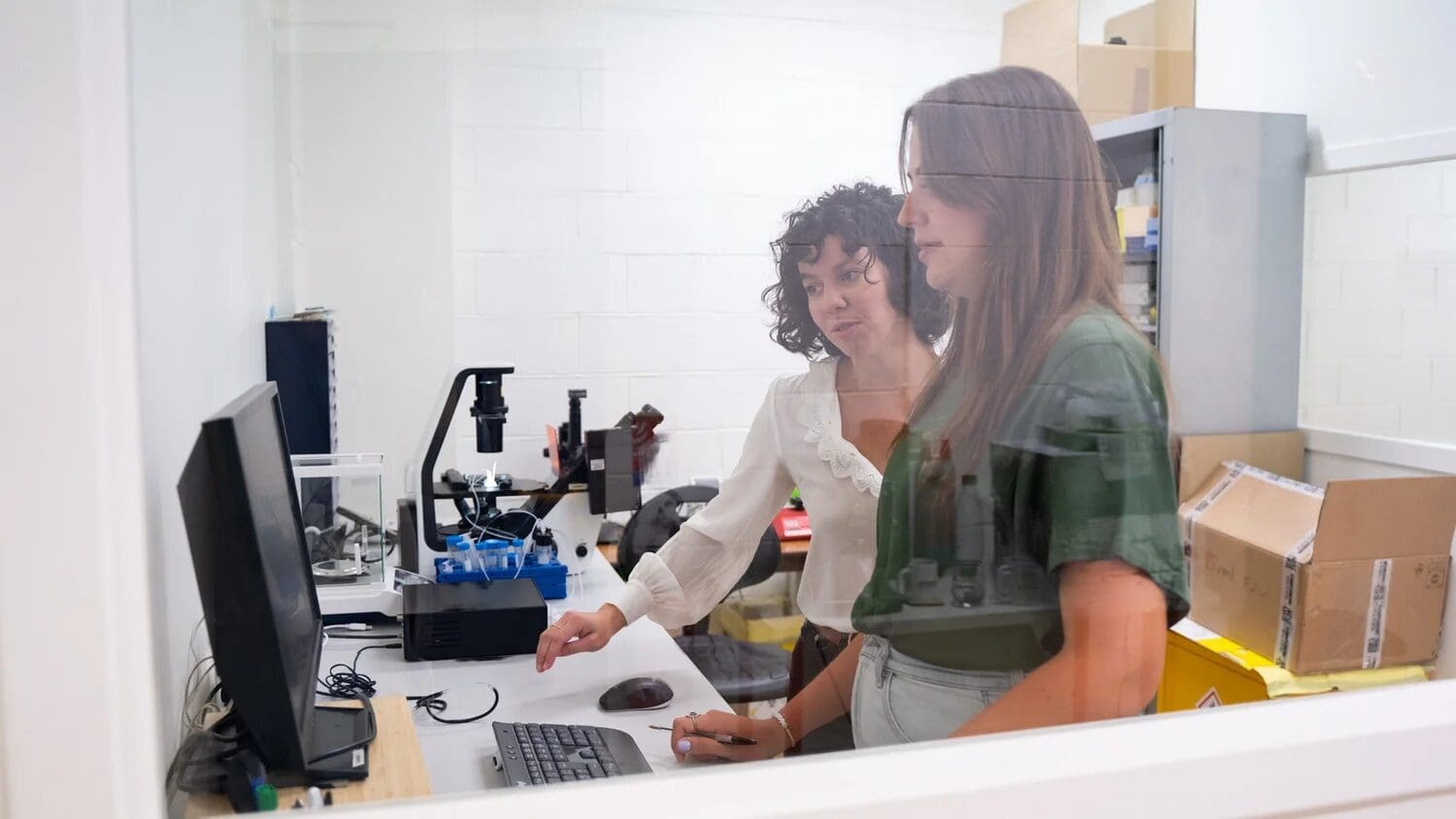Definition of a Microfluidic Chip
A microfluidic chip, also known as a lab-on-a-chip, is a device that integrates one or several laboratory functions on a single chip of only millimeters to a few square centimeters in size. Microfluidic chips are capable of handling extremely small fluid volumes, down to less than pico liters. The technology has revolutionized many areas of research and development due to its advantages such as low sample and reagent consumption, fast analysis and processing, high throughput and parallelism, and automation.
Microfluidic chips are used in a wide range of applications, including chemical synthesis, biological analysis, medical diagnostics, drug discovery, and environmental monitoring. The technology is a multidisciplinary field intersecting engineering, physics, chemistry, biochemistry, nanotechnology, and biotechnology, with practical applications in the design of systems that process low volumes of fluids to achieve multiplexing, automation, and high-throughput screening.
Design and Fabrication of Microfluidic Chips
The design and fabrication of microfluidic chips involve several steps, including chip design, material selection, fabrication methods, and chip testing. The design of the chip depends on the specific application and the required functionality, including fluidic channels, reservoirs, and other necessary components such as valves, pumps, and sensors.
Common materials used for the fabrication of microfluidic chips include glass, silicon, and polymers. Each material has its own advantages and disadvantages in terms of fabrication complexity, biocompatibility, optical transparency, and cost.
Fabrication Methods
Several methods are used to fabricate microfluidic chips, including photolithography, soft lithography, micromilling, and 3D printing. Photolithography is a process where a photosensitive material is exposed to ultraviolet light through a mask defining the desired pattern. This method is commonly used for fabricating microfluidic chips from glass or silicon.
Soft lithography uses elastomeric materials, like polydimethylsiloxane (PDMS), for simplicity, low cost, and flexibility. Micromilling and 3D printing are also gaining popularity for fabricating complex 3D structures and rapid prototyping.
Chip Testing
Post-fabrication, the microfluidic chip needs to be tested for functionality, involving fluid flow, valve and pump operation, sensor sensitivity and accuracy, and overall performance. Any defects or malfunctions in the chip need to be identified and fixed before the chip can be used for its intended application.
For biological or medical applications, testing also involves the verification of the chip’s biocompatibility to ensure no adverse effects on biological samples or the human body.
Applications of Microfluidic Chips
Microfluidic chips have a wide range of applications in various fields including but not restricted to chemical synthesis, biological analysis, medical diagnostics, drug discovery and environmental monitoring.
Chemical Synthesis
Microfluidic chips offer several advantages for chemical synthesis. They allow precise control over the reaction conditions, such as temperature, pressure, and concentration, leading to improved reaction efficiency and selectivity. They also enable rapid mixing of reactants and continuous flow synthesis, enabling the production of chemical compounds in a continuous manner rather than in batch processes.
Microfluidic chips also enable the synthesis of nanoparticles with controlled properties, i.e., size, shape, and composition which is crucial for drug delivery.
Biological Analysis
Microfluidic chips have revolutionized biological analysis by enabling single-cell analysis, high-throughput screening and the study of cell behavior under controlled conditions which is particularly important for the study of cell migration, cell-cell interaction, and cell response to drugs or other stimuli.
Medical Diagnostics
Microfluidic chips have the potential to revolutionize medical diagnostics by enabling rapid, point-of-care disease diagnosis by detecting specific biomarkers.
They also enable the integration of multiple diagnostic functions on a single chip, such as sample preparation, biomarker detection, and result readout that not only simplifies the diagnostic process but also reduces the sample volume and reagent consumption, making the diagnostic process more cost-effective.
Challenges and Future Directions
Despite the many advantages of microfluidic chips, there are still several challenges that need to be addressed. One of the main challenges is the integration of microfluidic chips with other systems, including imaging systems, electronic systems, and mechanical systems.
Another challenge is the scaling up of microfluidic chips for commercial production which requires the development of new fabrication methods that are capable of producing chips in large quantities and at a low cost. Furthermore, there is a need for standardization of microfluidic chips to ensure their compatibility and interoperability with other systems.
Looking forward, future research will focus on developing new materials and techniques for the fabrication of microfluidic chips. This includes the development of new elastomeric materials with improved properties, the development of new fabrication methods that are capable of producing complex 3D structures, and the development of new techniques for the integration of microfluidic chips with other systems.
Another area of focus is developing new applications for microfluidic chips including personalized medicine and environmental monitoring.
Conclusion
Microfluidic chips offer significant benefits such as low sample and reagent consumption, fast analysis and processing, high throughput and parallelism, across various fields. However, challenges such as integration with other systems, scaling up for commercial production, and standardization need to be addressed.
Despite these challenges, the field of microfluidics is expected to grow and evolve, with the development of new materials and techniques for the fabrication of microfluidic chips. Continued research and development are expected to expand the potential of microfluidic chips, making substantial contributions to science and the microfluidics field.
